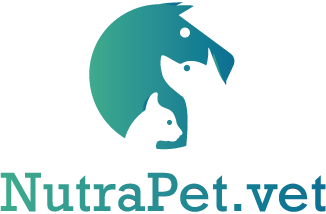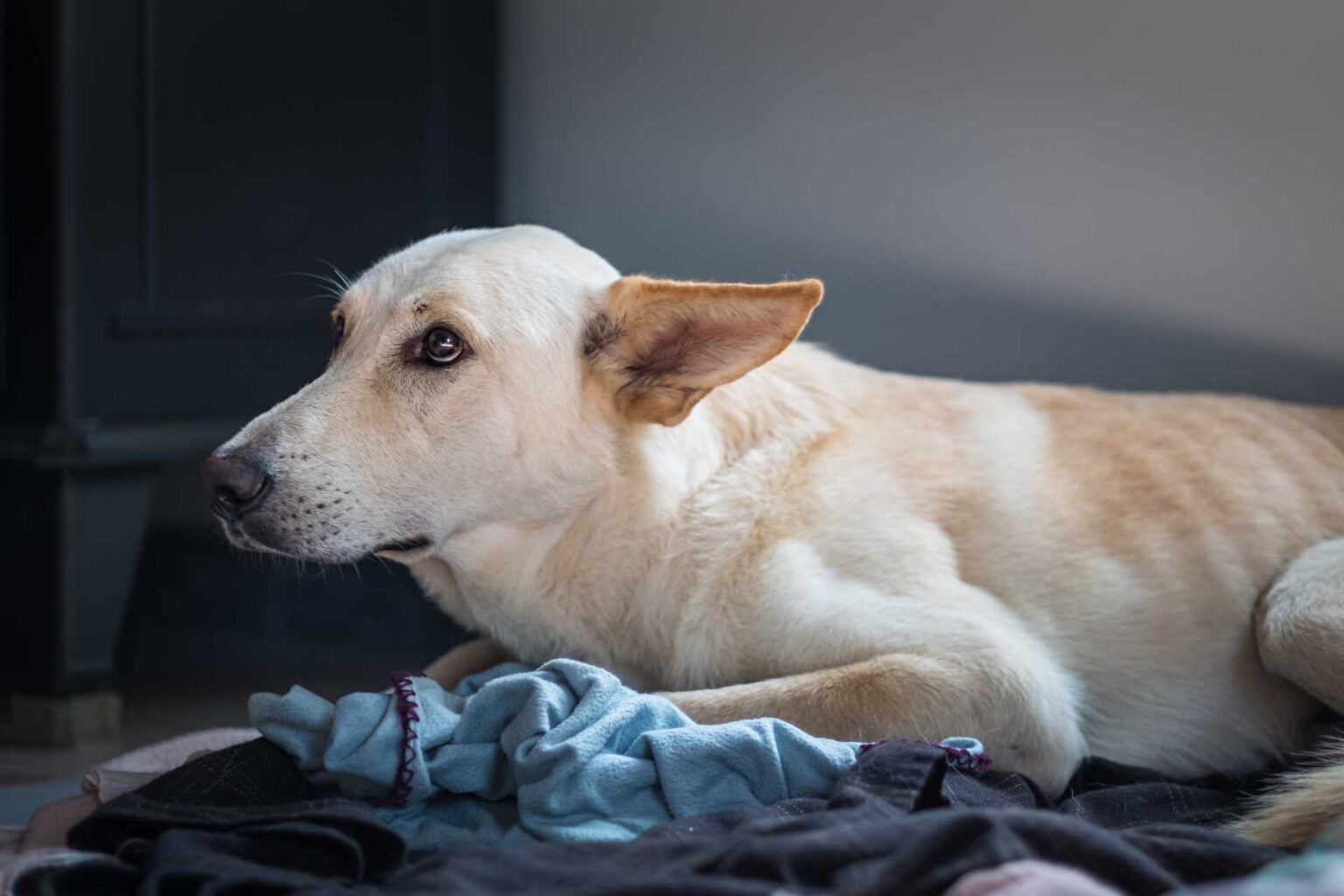It is known that diet strongly modulates the composition of the gut microbiota, thus influencing health conditions and diseases.
For many years, the main form of dog food has been kibble, which is typically made from flour derived from various protein sources such as meat or fish. In fact, dry food has become the most popular choice among pet owners because of its economic advantages.
The BARF(Biologically Appropriate RawFood) diet, or diet of raw meat, pulpy bones, fats and vegetables, is gaining popularity in recent years but has some bacteriological risks.
Natural BARF-type and commercial diets have been used to feed pets, promoting changes in the canine microbiota in terms of abundance, richness, and diversity that can promote certain metabolic processes and resistance to certain infectious agents.
A very recent study from Colombia aims to identify changes in the microbiota in dogs fed a BARF-type diet compared to those fed a commercial diet by sequencing the V4 region of the 16S rRNA gene.
A metabarcoding strategy was employed by sequencing the V4 hypervariable region of the 16S rRNA gene with the Illumina HiSeq platform.
The microbiota of dogs fed BARF diet (n = 20) and commercial diet (n = 26) was investigated using fecal samples.
The results
Beta diversity analyses confirmed that diet is directly related to microbiota composition, regardless of race and gender. In each diet, differentially enriched taxa such as Fusobacterium, Bacteroides and Clostridium perfringens were identified in dogs fed BARF.
Prevotella, Turicibacter, Faecalibacterium, and Peptacetobacter(Clostridium) hiranonis, mostly relevant in carbohydrate metabolism, have been identified in dogs fed commercial feed, this finding may be directly related to diet composition.
Important differences were identified in terms of richness, diversity and differential enrichment of bacteria in each diet. The microbiota of dogs fed the BARF diet was characterized by greater richness and diversity than the commercial diet. However, it has been identified that dogs fed BARF can potentially acquire more opportunistic infections from major pathogens such as C. perfringens.
Reference
Reference: S Castañeda, G Ariza, A Rincón-Riveros, M Muñoz, J Ramírez. Diet-induced changes in fecal microbiota composition and diversity in dogs (Canis lupus familiaris): A comparative study of BARF-type and commercial diets. Comparative Immunology, Microbiology and Infectious Diseases, Volume 98,2023,102007, ISSN 0147-9571, https://doi.org/10.1016/j.cimid.2023.102007.











